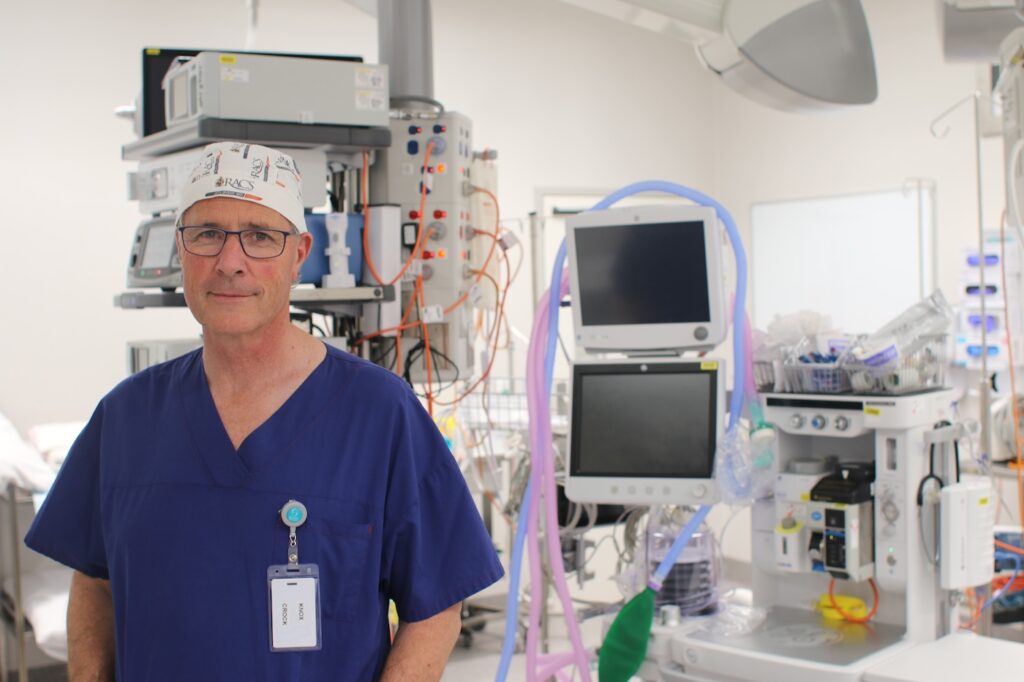Labiaplasty
Functional labiaplasty is a surgical procedure aimed at addressing physical discomfort, irritation, and other functional issues caused by elongated or asymmetrical labia minora (inner vaginal lips). Unlike purely cosmetic labiaplasty, functional labiaplasty focuses on improving quality of life by reducing pain, discomfort during physical activities, and issues related to hygiene and intimacy.
Women who experience discomfort while exercising, riding a bike, wearing tight clothing, or during sexual activity often find relief through this procedure. Additionally, it can help those dealing with chronic infections or irritation due to excessive tissue.
Make an enquiry or Book a Consultation with us!
Or call us on 03 9800 0344
"*" indicates required fields
Types of Labiaplasty Surgery
Labia Minora Reduction
This is the most common type of labiaplasty, where excess tissue from the labia minora is trimmed and reshaped to reduce discomfort and achieve a more balanced appearance.
Labia Majora Reduction
In cases where the outer vaginal lips (labia majora) are causing discomfort, this procedure can be performed to remove excess skin and tissue.
Clitoral Hood Reduction
Sometimes performed alongside labiaplasty, this procedure involves reducing the tissue around the clitoris to enhance comfort and reduce irritation.
These procedures can be customised to address the specific functional concerns of each patient.
Labiaplasty Consultation
Labiaplasty consults take place at our rooms in South Yarra, which is exclusive for labiaplasty consults and we feel is quite a private space. They are conducted in conjuncture with Julie Dean, who looks after and cares for our patients throughout their whole surgical journey, from considering surgery to post-operative consults. During your initial consult, Dr Crock will discuss your symptoms, medical history, and the impact of the labial tissue on your daily life. This discussion ensures that the surgery is tailored to address your specific functional needs. You will also have the opportunity to ask questions and discuss your goals and expectations for the surgery.
Am I a Good Candidate for Labiaplasty Surgery?
You may be a good candidate for functional labiaplasty if you experience:
- Physical discomfort or pain caused by elongated or asymmetrical labia.
- Difficulty with physical activities such as cycling, running, or horseback riding.
- Irritation or chronic infections due to excessive labial tissue.
- Discomfort during sexual activity or while wearing tight clothing.
Functional labiaplasty is not solely for cosmetic purposes; it is intended to alleviate specific physical discomforts and improve your quality of life.
About the Labiaplasty Procedure
Functional labiaplasty is typically performed as an outpatient procedure under local anesthesia with sedation or general anesthesia, depending on the extent of the surgery and the patient’s preference. The procedure usually takes between 1 to 2 hours.
During the surgery, Dr. Crock carefully trims and reshapes the labial tissue to reduce excess skin while preserving sensitivity and function. Techniques such as the “edge” or “wedge” method may be used, depending on the patient’s anatomy and the desired outcome. The incisions are closed with absorbable sutures, minimising scarring and promoting a smoother recovery.
Outcomes
Patients who undergo functional labiaplasty often report a significant improvement in their quality of life. Common outcomes include:
- Reduced Discomfort: Many patients experience immediate relief from pain and irritation, especially during physical activities and sexual intercourse.
- Improved Hygiene: Reduced labial tissue can help prevent chronic infections and irritation, leading to better overall hygiene.
Recovery & Post-Procedure
Recovery from functional labiaplasty typically involves:
- Initial Recovery: Mild swelling and discomfort are common in the first few days. Patients are advised to rest and avoid strenuous activities.
- Pain Management: Over-the-counter pain relievers or prescribed medications can help manage discomfort during the initial recovery phase.
- Hygiene: Keeping the area clean and dry is crucial to prevent infection. You’ll be given specific instructions on how to care for the surgical site.
- Follow-Up Appointments: Regular follow-up visits with Dr. Crock ensure that your healing process is on track.
- Return to Activities: Most patients can resume light activities within a week and return to normal exercise routines after 4-6 weeks. Sexual activity should typically be avoided for 6-8 weeks.
Risks
As with any surgical procedure, labiaplasty carries risks, including:
- Infection: Infections can occur and require prompt treatment.
- Scarring: While incisions are designed to be as discreet as possible, some scarring may occur.
- Changes in Sensation: Temporary changes in sensation are common, but permanent changes are rare.
- Asymmetry: There is a small risk of uneven healing, which may require a revision procedure.
Dr. Crock takes every precaution to minimise these risks and ensure a safe and successful outcome.
Labiaplasty Cost
The cost of functional labiaplasty at Knox Plastic Surgery varies depending on the specific procedure and the extent of the surgery. Costs typically include the surgeon’s fee, anaesthesia, and post-operative care. During your consultation, you’ll receive a detailed cost estimate tailored to your treatment plan. Patients with private health insurance should check with their provider to determine coverage, as functional labiaplasty may be partially covered if it is deemed medically necessary.
Dr John Crock
No. MED0000991852
Dr John Crock is a Hand and Plastic Reconstructive Surgeon who is qualified with MBBS, DIPANAT, MD and FRACS.
Dr Crock completed his medical qualifications at Melbourne University and gained further experience through a fellowship with the Royal Flying Doctor Service, serving in the Kimberley Ranges of Western Australia, particularly with the Indigenous population. His extensive expertise includes treating skin malignancies and reconstructing hand and orthopaedic injuries.
Throughout his career, Dr Crock has been recognised for his contributions to medical research and surgical excellence. His awards include:
- The Surgical Research Society’s Young Investigator Award
- The Plastic Surgery Education Foundation Award (USA) in 1989
- The Johnson & Johnson Clinical Research Award
- The Australasian Plastic Surgery Registrar’s Research Award in 1992
Dr Crock’s dedication to both his field and patient care has earned him a prominent reputation in the medical community. Book a consultation with Dr Crock today.



